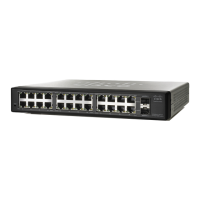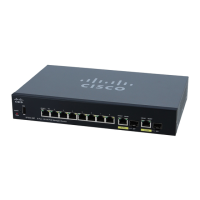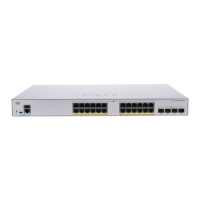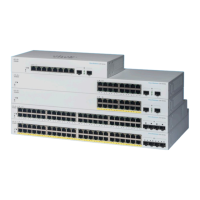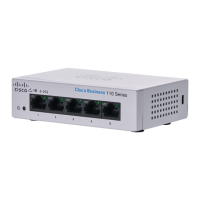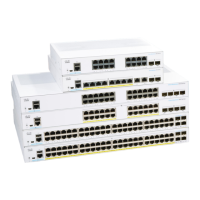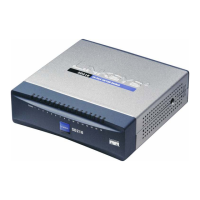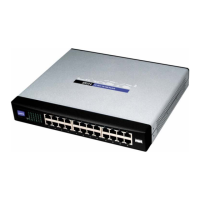7
Cisco Small Business 200 Series Smart Switch Administration Guide 68
Administration: Time Settings
Synchronized system clocks provide a frame of reference between all devices on the network. Network
time synchronization is critical because every aspect of managing, securing, planning, and debugging a
network involves determining when events occur. Without synchronized clocks, accurately correlating log
files between devices when tracking security breaches or network usage is impossible.
Synchronized time also reduces confusion in shared file systems, as it is important for the modification
times to be consistent, regardless of the machine on which the file systems reside.
For these reasons, it is important that the time configured on all of the devices on the network is accurate.
NOTE The device supports Simple Network Time Protocol (SNTP) and when enabled, the
device dynamically synchronizes the device time with time from an SNTP server.
The device operates only as an SNTP client, and cannot provide time services to
other devices.
This section describes the options for configuring the system time, time zone, and Daylight Savings Time
(DST). It covers the following topics:
• System Time Options
• SNTP Modes
• Configuring System Time
System Time Options
System time can be set manually by the user, dynamically from an SNTP server, or synchronized from the
PC running the GUI. If an SNTP server is chosen, the manual time settings are overwritten when
communications with the server are established.
As part of the boot process, the device always configures the time, time zone, and DST. These parameters
are obtained from the PC running the GUI, SNTP, values set manually, or if all else fails, from the factory
defaults.
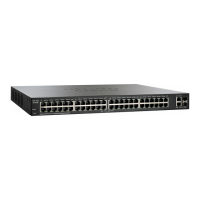
